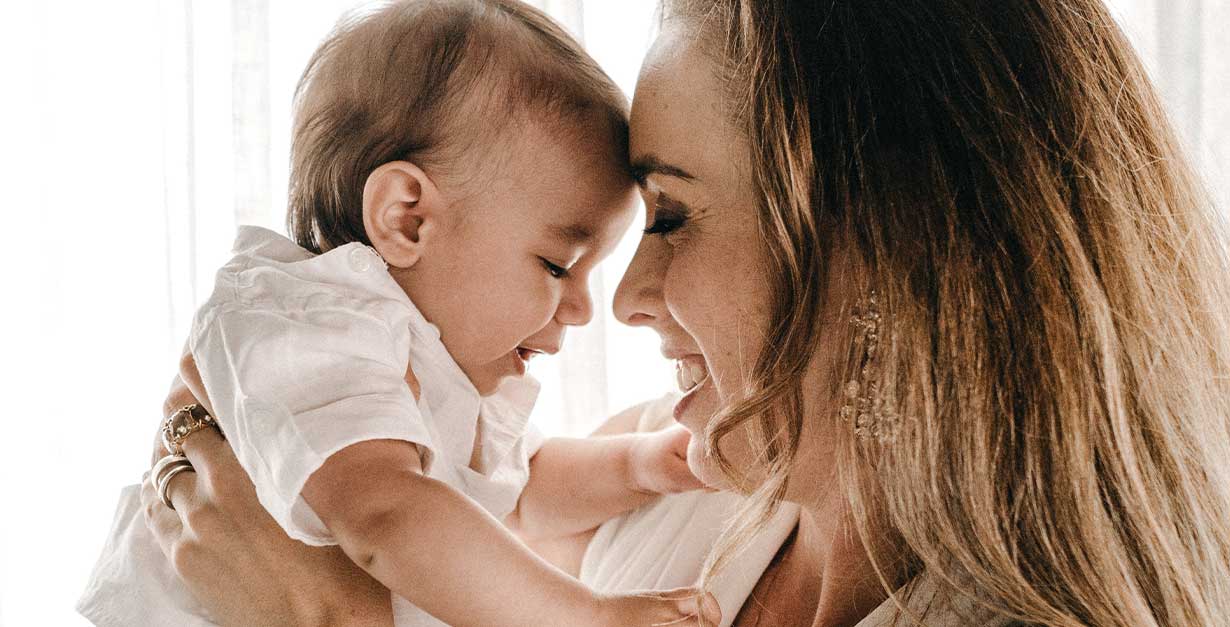 This week’s Toddler Sleep Question for The Sleep Lady:
This week’s Toddler Sleep Question for The Sleep Lady:
“I have made the mistake of rocking my now 13 month old to sleep. If I attempt to put him in his crib sleepy but awake he will stand and start crying. If I try to lie him back down or soothe him without picking him up he only gets madder. Any advice on breaking the habit of rocking to sleep? He wakes several times a night and will not go back to sleep unless he is rocked to sleep and will often wake when I try to put him back down. My husband and I get about 4 hours of sleep a night. I can’t do this anymore and need your help!!”
-Seneca
Dear Seneca-
It sounds like your son is finally on to you! You can no longer trick him by rocking him and putting him in to the crib asleep. This day was going to come and now it’s time to address it head on!
Start on a day of good naps (any way you can get them) which for his age means a total of 2.5 hrs. Then plan on an early enough bedtime – usually between 7-7:30pm at his age.
Make sure you have a nice, long and comforting bedtime routine. You can incorporate a wee bit of walking or rocking in it; just don’t let it be the sleep crutch. A few minutes in the rocking chair while you read a book, or a brief stroll around the room saying good night to favorite toys is fine. Then put him down awake. Sit by his crib (don’t stand) and offer physical and verbal reassurance. Review the rules of the first three nights of the Shuffle on page 122 of “Good Night, Sleep Tight” (GNST). Stay sitting next to the crib until he is asleep. If he wakes up during the night, go to him quickly but don’t walk or rock him. Sit by his crib and pat him, stroke him, whisper soothing words, but leave him in his crib. Whichever parent is least likely to cave in and rock him should be the one to do the crib-side duty the first few nights. The next day you will need to begin the nap coaching. Move your chair every three nights as outlined in his age related chapter in GNST.
Remember to review the rules of consistency which are outlined on page 21. All of your lives will transform for the better in under two weeks!
Sweet dreams,
Kim
The Sleep Lady
Was this article helpful to you? Please tell us by commenting below! For more baby, toddler, and family sleep tips and tricks, please subscribe to The Sleep Lady’s Facebook, Twitter, Pinterest, Google+, and YouTube channel! If you are looking for more sleep content, please check out Get Sleep Now-an exclusive members-only area designed to provide in-depth help and support during your sleep coaching experience.



